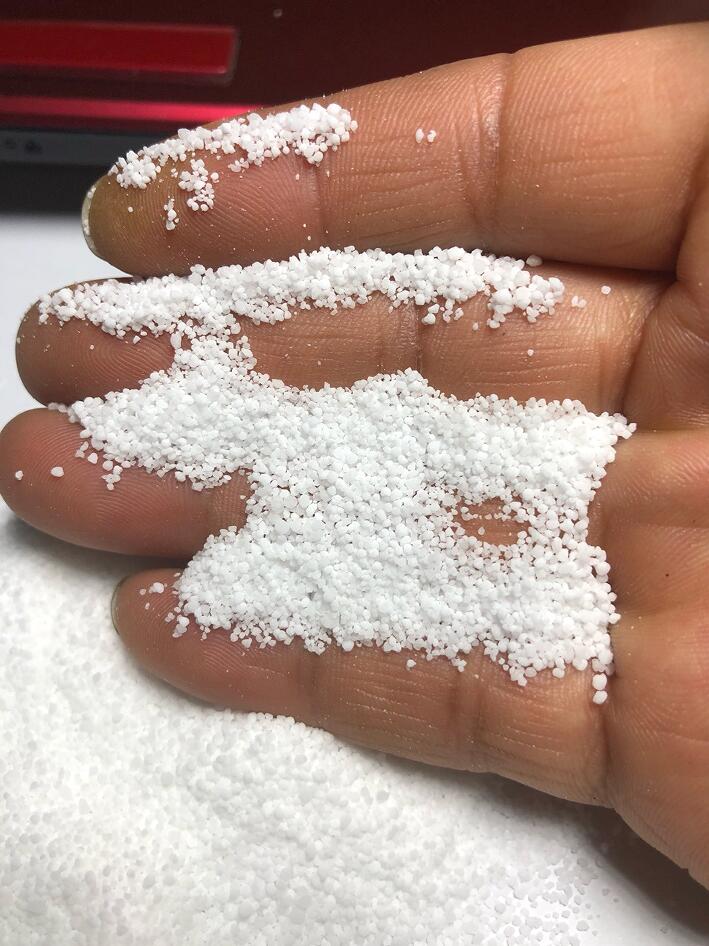Sinoright Blog
Application scope of pentahydrate sodium silicate, nonahydra

Application scope of sodium metasilicate pentahydrate
Among the varieties of sodium metasilicate, the most commonly used and typical is pentahydrate sodium metasilicate, whose crystal formula is usually written as Na2SiO3 · 5H2O. In fact, it is a tetrahydrate of sodium dihydrogen orthosilicate with two cations, with a solubility of 50g/100g water at 20 ℃ and a melting point of 72 ℃. Five water sodium metasilicate has the general characteristics of sodium silicate and sodium metasilicate, and has a certain ability to bind calcium and magnesium ions, especially with a binding capacity for magnesium ions greater than 260mgMgCO3/g (35 ℃, 20min).1. Washing aids
Sodium metasilicate is easy to mix with other commonly used diluents such as soda ash, phosphate, sodium humate, etc. to form a suitable dilution and gelatinization agent, which has better gelatinization performance than a single gelatinization agent. Sodium metasilicate pentahydrate has strong wetting, emulsifying, and saponification effects on fatty substances, and has strong degreasing properties. It is widely used in the preparation of various detergents and is the best substitute for sodium tripolyphosphate.2. Metal surface treatment
Silicates undergo hydrolysis in water, and the resulting silicic acid is insoluble in water. Instead, it is suspended in a micelle structure in the tank solution. This solvated micelle has the ability to suspend and disperse solid dirt particles, and has an emulsifying effect on oil stains, which is beneficial for preventing dirt from re depositing on the surface of the workpiece. Silicates have a buffering effect, meaning that their pH value remains almost unchanged in the presence of acidic dirt.Silicates can also form precipitates with high valence metal ions in water, remove iron salts from water, and chelate calcium and magnesium ions, which can be said to have a softening effect on water in a certain sense. Silicates also have corrosion resistance and are metal corrosion inhibitors, so alkaline cleaning agents used for non-ferrous metals, especially aluminum, zinc, tin and other components, almost all contain silicates.
3. Ceramic grinding aids
The reason why sodium metasilicate has a diluting effect is that it can increase the surface charge density of the micelles in the mud, thereby increasing the double layer and zeta potential, and increasing the repulsive force between particles; At the same time, the silicate anions contained in sodium metasilicate can form insoluble substances with harmful ions such as Ca2+and Mg2+in the mud, promoting the exchange of Na+and reducing the viscosity of the mud while increasing its fluidity. Specially suitable as an additive for ceramic slurry injection molding.4. Refractory raw materials, de ink raw materials, and plastic and water retaining agents.
Application scope of nine water sodium metasilicate
The molecular formula of sodium metasilicate is Na2SiO3 · 9H2O. The crystal water content reaches 58%, and the solubility (20 ℃) is 38g/100g water, but the dissolution rate is relatively fast; The melting point is 41.6 ℃, and at 30-40 ℃, crystal water will be released, causing inconvenience to use; During storage, the phenomenon of self dissolution and solidification is quite severe. In many industries such as ceramics that do not require crystal water, the amount of sodium metasilicate used is not small, and the market is relatively stable, with an annual demand of 70000 to 100000 tons.1. It is mainly used as an adhesive for paper, wood, welding rods, casting, refractory materials, and as a filling material in the soap industry, as well as a soil stabilizer and rubber waterproofing agent. Also used for paper bleaching, mineral flotation, and synthetic detergents. It is a component of inorganic coatings and a raw material for a series of products such as silicone, molecular sieves, and precipitated white carbon black.
2. Used as an analytical reagent, fabric fireproof agent, adhesive, hardener, weighting agent, and filler. Also used for ore flotation and petroleum refining.
3. The adhesive industry uses adhesives for corrugated paper, cardboard, plywood, wood, packaging materials, refractory materials, and building materials. Used in the chemical industry to manufacture silicates, silica gel, silica sol, molecular sieves, white carbon black, and silicon aluminum catalysts. The foundry industry is used for manufacturing grinding wheels and sanding. The textile industry is used for bleaching, dyeing, and sizing of textiles, as well as as as a cooking aid for cotton fabrics and a stabilizer for hydrogen peroxide bleaching. The detergent industry extensively uses heavy scale detergents, which can form precipitates with heavy metal ions, soften water, prevent dirt from re depositing on clothing, and also have corrosion inhibition, wetting, and emulsifying properties; It is also specially used as a hard surface washing aid. It can also be used as a soil stabilizer, rubber waterproofing agent, paper bleaching agent, cutting coolant rust inhibitor, soap filler, metal preservative, etc. It is also used in mineral flotation, refractory and ceramic production, food preservation, etc.
4. It can be used for fire prevention of wood, extending the storage period of poultry eggs, and as an efficient detergent and water softener. Used as an anti-corrosion agent for aluminum tubes in toothpaste.
